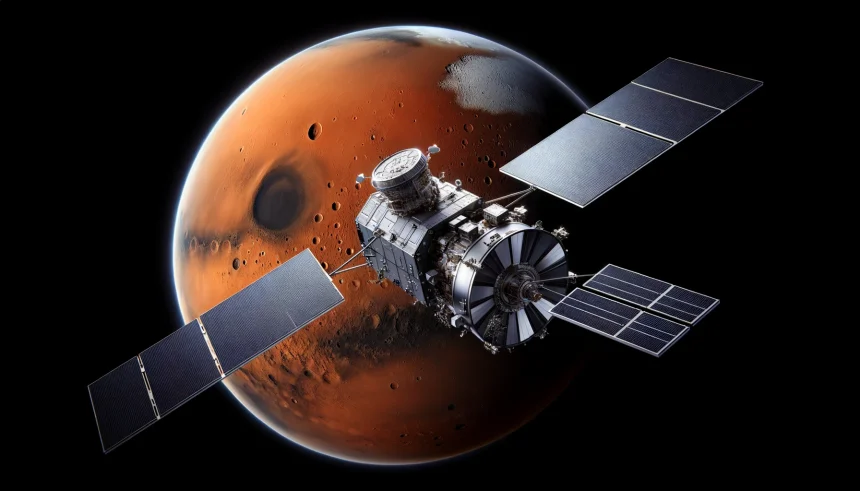The search for exomoons continues to intrigue scientists, especially those orbiting planets around binary star systems. Recent research from Tufts University delves into the likelihood of such moons existing and their potential stability in these complex environments. This study not only broadens our understanding of celestial mechanics but also opens new avenues for identifying habitable worlds beyond our solar system. The implications of these findings could significantly impact future astronomical observations and the ongoing quest to find life elsewhere in the universe.
Past investigations primarily focused on exomoons orbiting planets around single stars like our Sun. This new study shifts the spotlight to circumbinary planets, expanding the scope of exomoon research and addressing previously unexplored dynamics in binary star systems.
Can Exomoons Maintain Stability in Binary Systems?
The study utilized advanced computer models to simulate exomoon orbits under various conditions. It was found that a significant portion of these moons could remain stable despite the gravitational complexities introduced by two star systems. This stability is crucial for the potential habitability of such moons.
What Percentage of Exomoons Could Be Habitable?
Research indicates that 30-40% of stable exomoons reside within their star’s habitable zone. This high percentage underscores the possibility that these moons could support life, making them prime candidates for further exploration and study.
Which Systems Offer the Best Prospects for Finding Exomoons?
The study suggests focusing on systems with wide binary separations, as these offer more stable environments for exomoons. Systems like Kepler-1625b and Kepler-1708b are highlighted as promising targets for future observations with upcoming telescopes.
“One of the main findings is that there is a section of the parameter space of the initial conditions of our system that always results in stable exomoons of circumbinary planets,”
said Benjamin R. Gordon, lead author of the study.
“We also found that 30-40% of stable moons are in the habitable zone, which is a very significant fraction.”
Advancements in telescope technology, such as the upcoming Nancy Grace Roman Telescope, are expected to enhance the detection capabilities for exomoons in binary systems. These tools will provide more detailed data, enabling scientists to verify the presence of exomoons and assess their characteristics more accurately.
Future research aims to explore the effects of inclination and multi-planet interactions on exomoon stability. Understanding these factors will be essential in refining detection methods and improving our ability to identify habitable exomoons in diverse planetary systems.
The discovery of stable, habitable exomoons around circumbinary planets would be a significant milestone in astronomy. It would expand the possibilities for life-supporting environments beyond our immediate celestial neighborhood and deepen our comprehension of planetary formation and dynamics in complex star systems.










